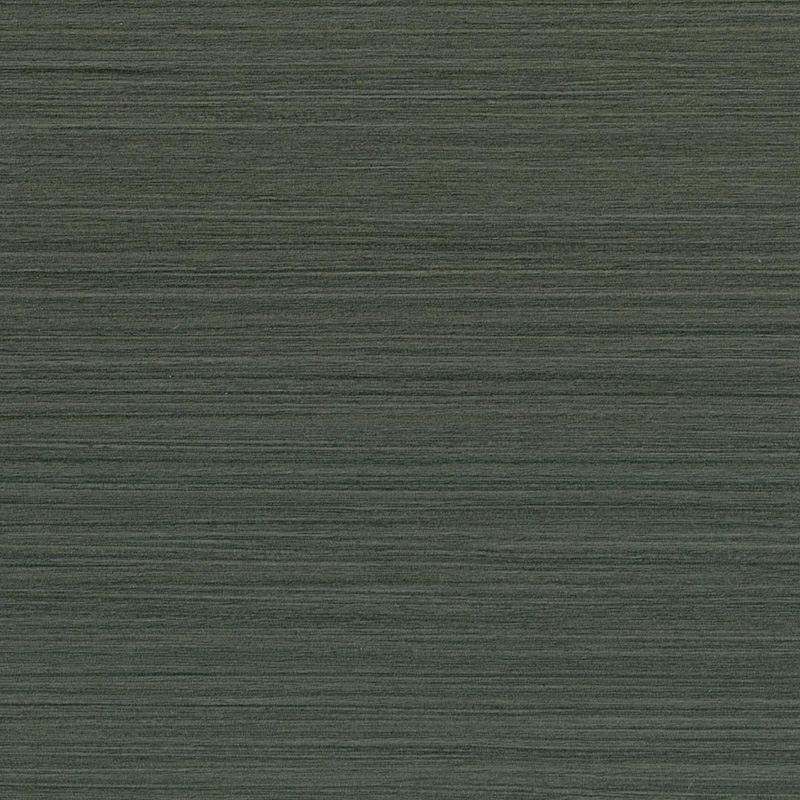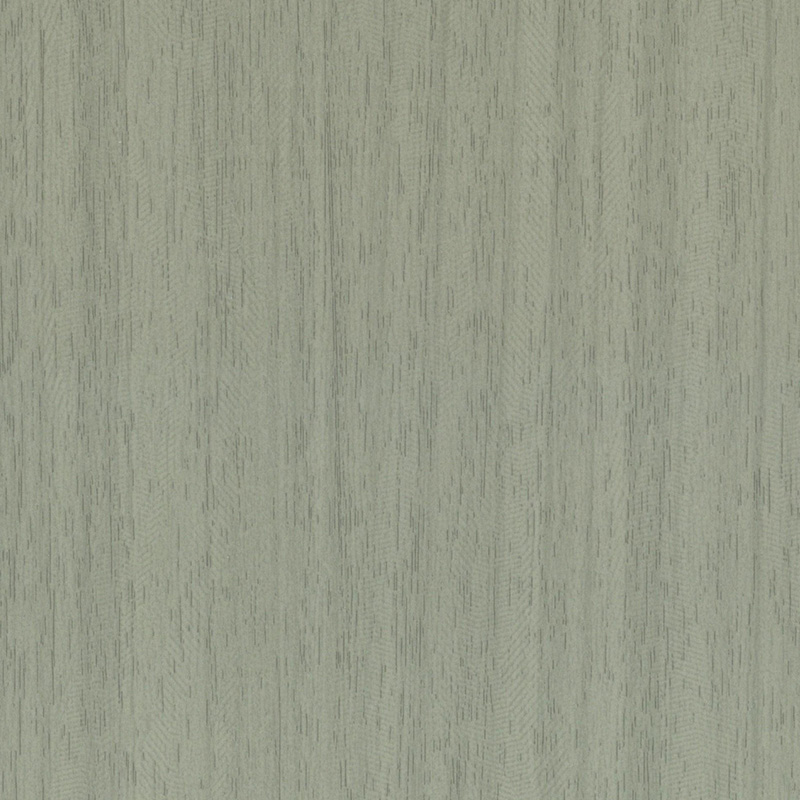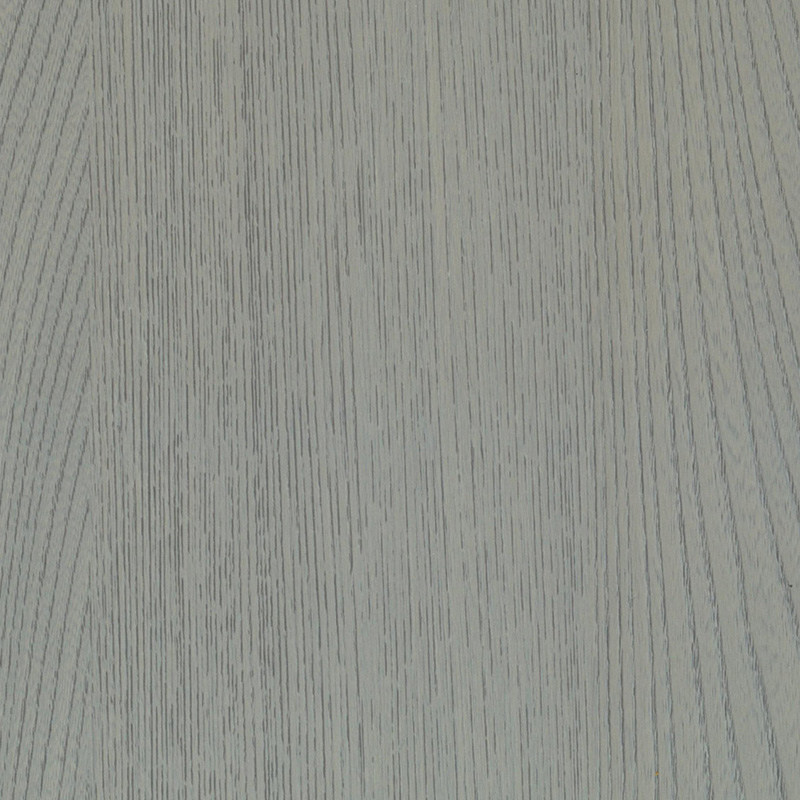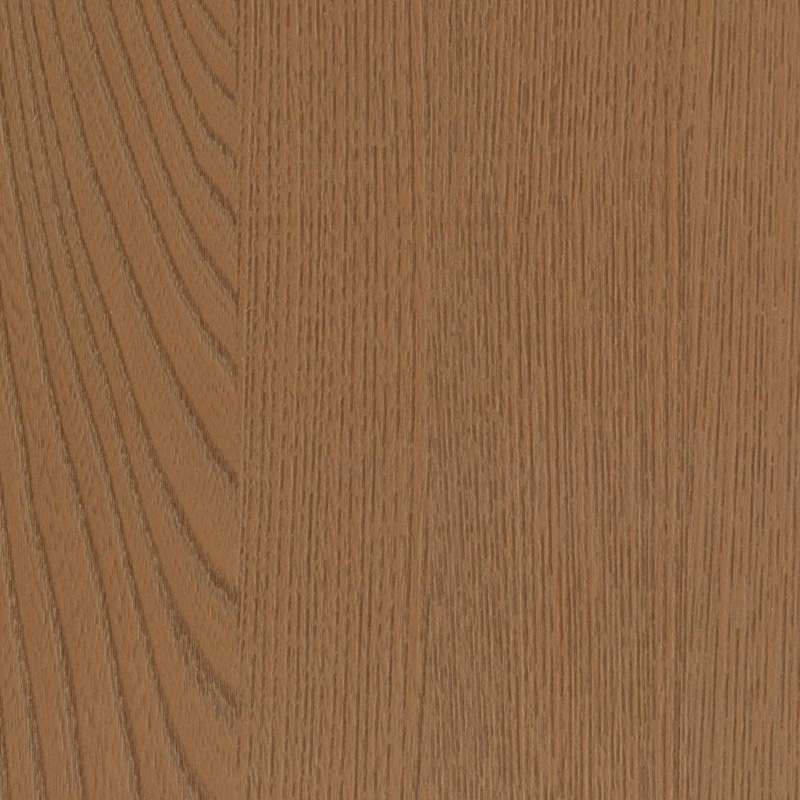Thermofoil Cabinets Doors: What / How / Where?
Thermofoil, also known as Rigid Thermofoil (RTF), is a versatile and durable material made from polyvinyl chloride (PVC).
This material is applied to MDF (Medium Density Fiberboard) using a combination of heat and pressure, resulting in a smooth, resilient surface that mimics the look of high-end finishes, such as painted wood, stone, or even metal.
One of the standout features of thermofoil is its exceptional printing capabilities, which allow for the creation of highly realistic wood grain, stone patterns, and other textures.
These patterns are further enhanced with surface embossing, which provides a tactile, three-dimensional effect that closely resembles natural materials.
Its stretchable nature allows it to conform to intricate shapes and details without the need for edge banding, simplifying the manufacturing process and ensuring a seamless finish.
This flexibility, combined with a wide array of color and texture options, enables homeowners and designers to customize their cabinets to match any design preference.
Thermofoil cabinet doors are valued not only for their aesthetic qualities but also for their ease of maintenance and durability. The non-porous surface resists moisture and stains better than traditional wood finishes, making it a practical choice for kitchens and bathrooms where humidity and spills are common.
Cleaning thermofoil surfaces typically requires only mild detergents and a soft cloth, avoiding harsh chemicals or abrasive materials that could damage the finish. Its resistance to cracking, peeling, and fading helps maintain an attractive appearance over time with small upkeep.
However, exposure to bad heat sources or direct sunlight for prolonged periods should be avoided, as excessive heat may cause warping or discoloration. Proper installation and placement within interior environments help preserve the longevity of thermofoil cabinetry.
Thermofoil cabinet doors find applications beyond residential kitchens. Their versatility makes them suitable for bathroom vanities, laundry rooms, closets, and office furniture. The material’s ability to imitate a range of natural finishes while providing a uniform, easy-to-clean surface supports varied design needs.
The broad selection of colors and textures available means thermofoil cabinets can complement contemporary, traditional, or transitional design styles. Whether aiming for a classic white gloss, a warm wood grain, or a modern metallic look, thermofoil provides options to fit the overall aesthetic scheme.
The PVC film used in thermofoil production has been subject to improvements that reduce the use of certain additives and enhance recyclability. While not biodegradable, efforts within the industry aim to promote material recovery and reduce waste.
Additionally, thermofoil’s long-lasting nature helps decrease the frequency of replacements compared to less durable finishes. This durability supports resource conservation by extending the service life of cabinetry.
Thermofoil cabinet doors are generally easier and faster to manufacture compared to solid wood or painted finishes. The lamination process allows for consistent quality and reduces labor costs, which can make thermofoil cabinets an attractive option for budget-conscious projects.
Installation follows standard cabinetry practices, and the film’s ability to adhere firmly to the MDF core results in a stable, long-lasting product. While not as expensive as some custom wood finishes, thermofoil offers a balance between aesthetics, performance, and cost.
Thermofoil cabinet doors provide a practical and stylish solution for a wide range of interior environments. Combining visual versatility with durability and ease of care, this material meets many of the demands faced by homeowners, designers, and builders.
Its ability to replicate natural textures and colors while offering a seamless, moisture-resistant surface makes thermofoil a preferred choice in both residential and commercial settings.

 English
English русский
русский Español
Español عربى
عربى Deutsch
Deutsch





